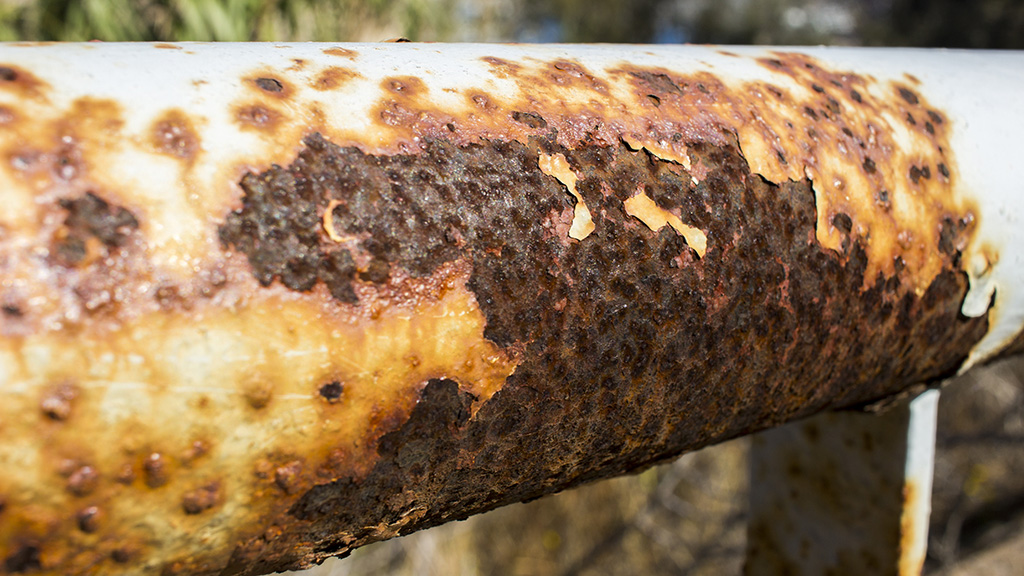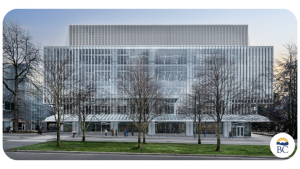Two B.C. companies and a University of British Columbia researcher are working together to find a way to reduce steel corrosion.
“The outcomes of our research to date of what I call the bane of steel buildings have been hugely positive,” said Reg Natarajan, president and CEO of Dymergent Inc., a Vancouver company that is taking part in the project. “The results have been statistically significant and scientifically measurable. We don’t have a commercial product yet, but the idea certainly has scientific merit.”
Dymergent Research helps companies doing research in Canada – some of which are in the construction industry – with documentation, standards compliance and applications for grants and tax credits under such federal government programs as the Canada Revenue Agency’s Scientific Research and Experimental Development program.
In addition to Dymergent, researcher Brian Koote, and Double Black Construction of Abbotsford, B.C. are also taking part in the investigations.
Double Black works with Vancouver-based Summit Steel Buildings to install pre-engineered steel buildings in Canada.
Summit Steel Buildings’ standard building system is a pre-engineered I-beam building that is typically specified for commercial, industrial, agricultural and institutional projects.
Darren Sperling, director of Summit Steel, said the company’s structures have clear spans of more than 300 feet in width, bay spans of up to 40 feet and a wall system that can be pre-insulated.
“A steel building can last up to 100 years, although the average is 25 to 35 years,” said Sperling.
Working with Double Black, the installation arm of the company, Summit’s specialty is a turn-key package for its clients, said Sperling.
“Summit supplies and erects steel buildings all over North America and in other countries, too, although most of our business is in Canada,” said Sperling. “We’re currently expanding into Central and South America and Europe.”
In addition to building new structures, Summit Steel renovates older steel buildings.
“If a steel building is old, tired or leaking, we can revitalize it,” said Sperling. “We can re-side an exterior structure with new panels, install insulation and make other repairs to add 25 years to a steel building.”
As part of the restoration side of Summit’s business, it, Double Black and Dymergent got funding from the federal government to find out if it’s possible to mitigate steel corrosion
Andy Metten, a structural engineer and partner in Bush, Bohlman and Partners in Vancouver, said steel corrosion takes place when water and oxygen come into contact with steel.
“The corrosion process is accelerated when there are larger quantities of electrolytes, such as salt, present,” he said.
“The corrosion produces rust, which occupies more space than steel, which will break off concrete or paint, and that will expose the steel to more corrosion.”
The corrosion of steel is a function of both the environment the steel is in and the coating it receives.
“For many exterior uses, the paint is specified by the architect with the levels of protection provided being closely related to the cost of the applied finish,” said Metten.
Owners want a maintenance-free solution that lasts for the full life of the structure, said Metten.
“Even the most expensive finishes, however, have a limited life and maintenance and re-coating will be required at some time,” he said. “All homeowners, for example, know this happens with exterior house paint.”
Natarajan said Brian Koote, the UBC researcher, had noticed the process of steel corrosion always follows the path of least resistance.
“It gave Brian the idea to give rust something easy to corrode,” Natarajan said. “Magnesium, for example, corrodes faster than steel, and acts like a sacrificial anode.”
Magnesium attracts corrosive particles through an electrochemical process and “sacrifices” itself to extend the life of the steel.
Natarajan said the researchers have been experimenting with magnesium that has been placed in bricks and strips on steel and then measuring the rate of corrosion.
“We think we can detect corrosion on steel– it can be hard to catch – and then reduce it to something negligible,” he said. “Canada will then have the best steel buildings in the world.”
Because of its unusually harsh climate, Canada needs the technology, Natarajan said.
“Our country will benefit hugely,” he said. “It also has huge export potential. The world will beat a path to our door.”




Recent Comments